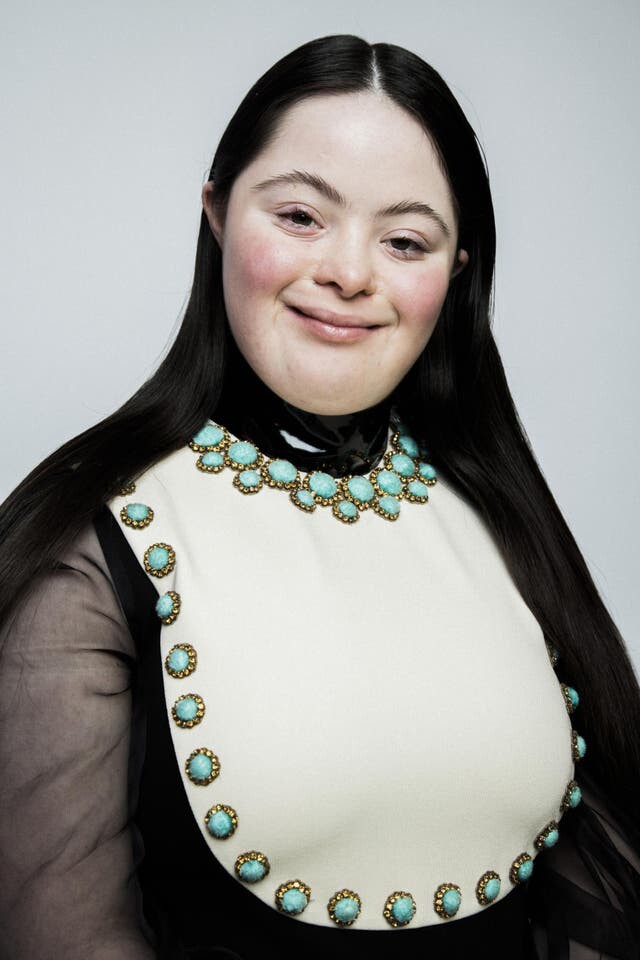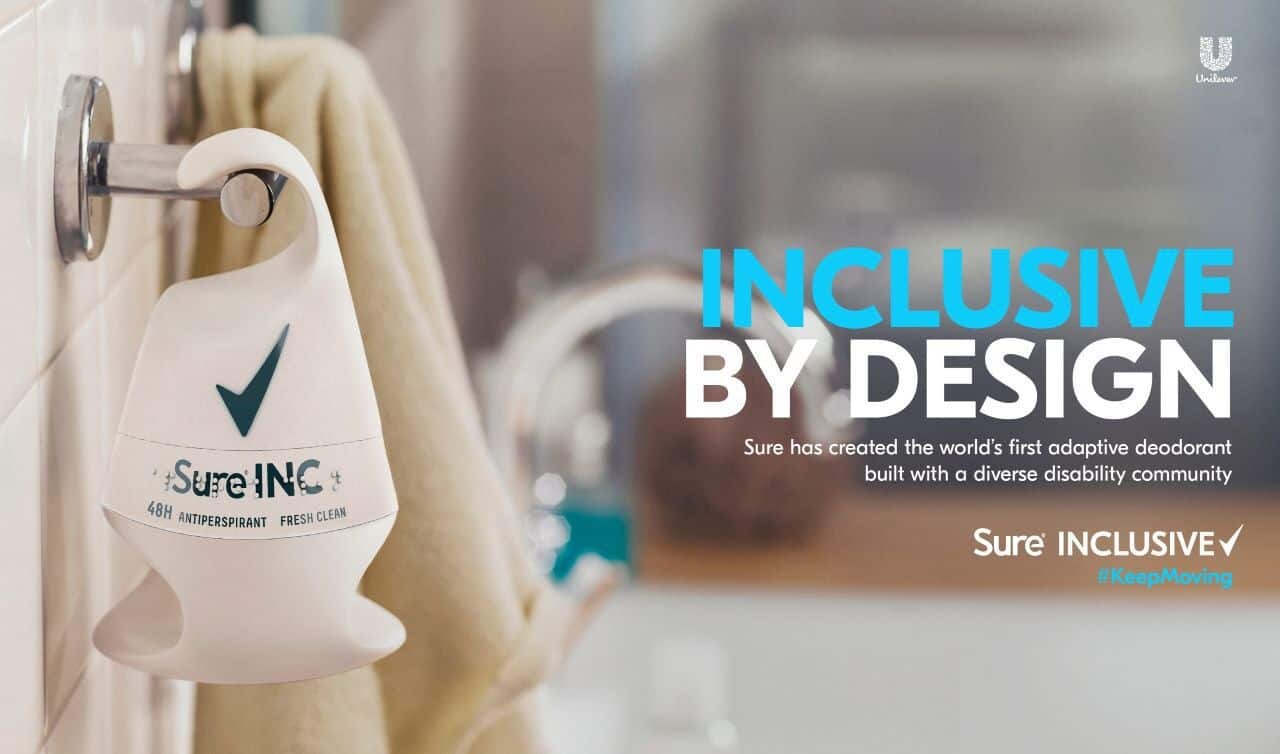The challenges today’s brands face are manifold. Not only do they need to promote their brand values and USPs, as well as drive traffic and leads; they also need to drive customer intimacy to know their audiences at a deep level. To be truly inclusive, brands need to gain insights to understand the values and expectations of their audiences. This is essential information for brands to both connect with their audiences as well as build and maintain a good brand reputation.
Brand values have become increasingly important as the consumers’ mindset is changing. Today, customers get attached to brands that show empathy, values, and make efforts to achieve fair cultural representation. It is no longer sufficient to just have a good product or service nowadays – you have to be a mission-driven brand, too. And for that, you need to have an inclusive mindset and inclusive marketing.
HubSpot defines inclusive marketing as, ‘campaigns that embrace diversity by including people from different backgrounds or stories that unique audiences can relate to.’
Inclusive advertising can yield dramatic results and increase brand trust, loyalty, and better overall brand perception. Research from Microsoft shows that 72% of people are more likely to support brands with authentic advertising that is inclusive and representative of society.
Why are inclusive marketing and communications so important?
Inclusive communication allows a brand to reach as many people as possible and, by definition, avoids excluding anyone. It spans any gender, age, ethnicity, sexual orientation, background and looks beyond stereotypes or assumptions on who might be interested in your brand, product, or service.
In addition, inclusive comms should consider the accessibility of the brand message and the channels. Utilise social media platforms or websites that broaden your audience and do not overlook certain demographics based on exclusionary biases. Be careful to consider not only the content of your message but the channel you use to spread it as well.
Audience satisfaction with a brand’s inclusivity efforts is always under the public microscope. Although more and more brands are considering their inclusive communication strategy, there is still a lot of work to be done. For example, the popular Emoji’s feature came under fire with people saying that they feel let down by the brand because they lack a number of underrepresented groups. A recent Adobe and Emojination survey revealed that 83% of global emoji users agree that emojis should offer a more inclusive representation of users.
Examples of inclusive marketing
That being said, when done well, inclusive marketing can be incredibly rewarding. More and more brands have an inclusive mindset and don’t only show diversity in their assets but go even further and develop truly inclusive products. Take a look at recent, notable examples.
In Jun 2020, Gucci launched a new mascara campaign with, Ellie Goldstein, a model with Down Syndrome from Essex. The Instagram post has garnered 859,000+ likes.

In April of this year, Unilever announced the release of a new Sure deodorant for people with visual impairment and upper limb disabilities. The first of its kind, the inclusive product was described as revolutionary in the press.

Earlier this year, Snap, the owners of Snapchat, announced plans to develop Snapchat’s cameras to be more inclusive and diverse after a report revealed.
Some consumers shop by values and ethical standards. According to a recent survey from GWI in the US and UK, 15% of consumers said that ads without diversity or inclusivity would negatively impact their view of a brand.
How do you become a more inclusive brand?
Outline your goals
A good starting point is to make internal changes, from defining how you want to be seen as a brand to evaluating how inclusive your products, services, and marketing are.
Defining goals and objectives in line with your brand values and culture will help you adopt inclusivity for the right reasons and will ensure this is a long-term approach, and not an ad hoc marketing effort to increase sales only.
Build your team
Appoint an inclusive internal marketing lead or an external consultant. Marketers are well-placed to lead such initiatives working at the intersection of management, sales, product teams. This role will lead the inclusive marketing mission and gather a team around to shape it.
A diverse team is essential, spanning across all functions (management, sales, product development, HR, finance, and operations), seniority levels, genders, and backgrounds to include as many voices as possible. Having a diverse team is crucial and they will think much more broadly than a team with the same background and culture.
If your organisation is international, the team should include members from various countries. Together, this team will audit the current marketing process and outputs.
Screen your audience
This is where data is key. It’s important to get to know your audiences, their needs, their preferences, and their concerns. Insight is crucial to define how your brand is going to impact your audience and respond to their needs. Using a mix of CRM and research tools will provide this data.
Define your goals and strategic objectives
Now you have set up your inclusive marketing team and collected your data, it is time to audit your findings and data to set clear goals, establish KPIs and define a strategy to drive more inclusivity.
Some examples of what your strategy might include could be regular internal training sessions for company employees or even the implementation of tools allowing colleagues to better collaborate across teams and offices.
Reward inclusive initiatives
Efforts leading to inclusive marketing should be rewarded. This will be a great incentive to motivate staff and keep building on the programme. If your organisation is serious about inclusivity, then rewarding its efforts should be part of the regular staff development process.
Assess and adjust
At the audit stage, you will have defined a scoring system to help you assess the level of inclusivity of your brand and marketing from day 1. It is wise to measure progression quarterly and adjust the approach and strategic tactics as you go, depending on the level of employee advocacy, the reaction of customers, or change of business priorities.
Organisations have a responsibility to foster positive social change but can’t change their mindset and approach overnight. The key point is to be aware of the problem. Being conscious that marketing needs to evolve as our populations and world are evolving is already a step forward.
All in all…
It all comes down to knowing your audience and adapting your product development approach and message. It’s easier to change your mindset when you’re aware of a problem. We can only encourage everyone in a company to do their own internal research, read articles and blogs, and become the leaders of tomorrow by implementing small changes every day.
You can consider anything from increasing representation in your photos, adding subtitles to your videos, including audio descriptions or Braille labels with instructions on your products.
Inclusive marketing will increase trust and loyalty and will drive a higher business impact so what are you waiting for? Inclusive marketing needs to be part of a wider and long-term diversity and inclusion approach.
Find out more about how diversity and inclusion in the workplace can help both employers and employees in this earlier blog post.
HubSpot’s inclusive advertising tips are also a great read if you’re more advanced.



